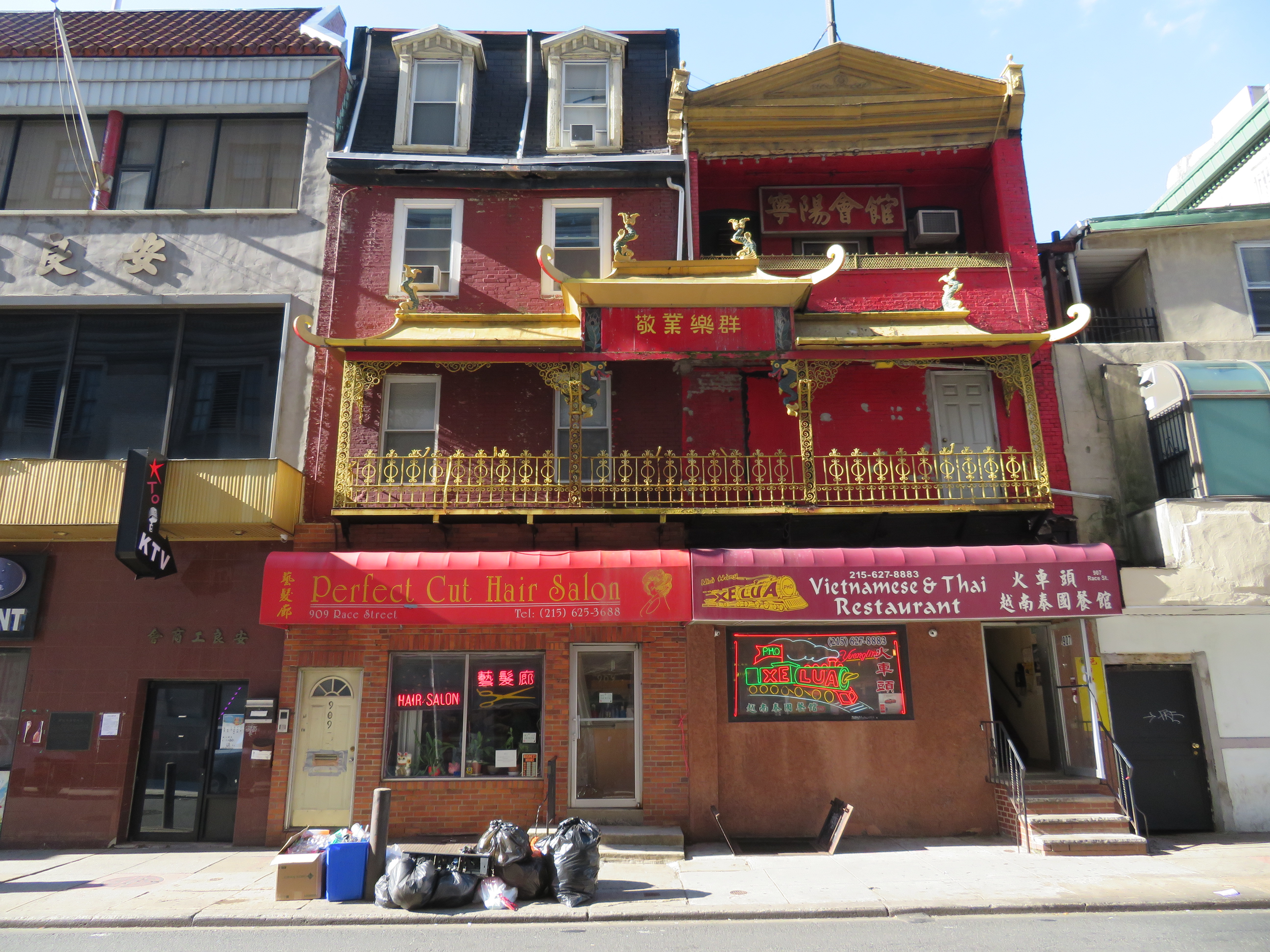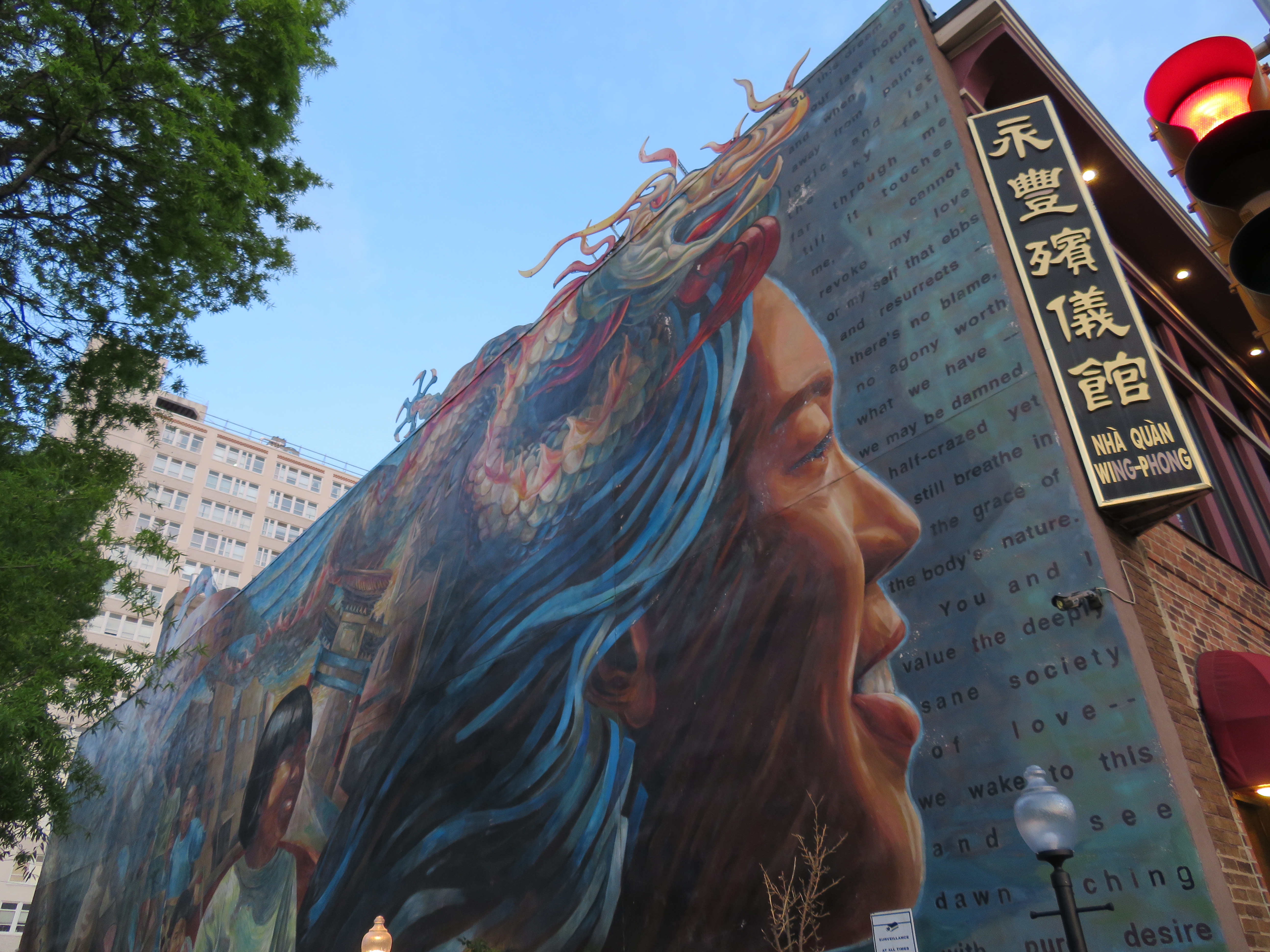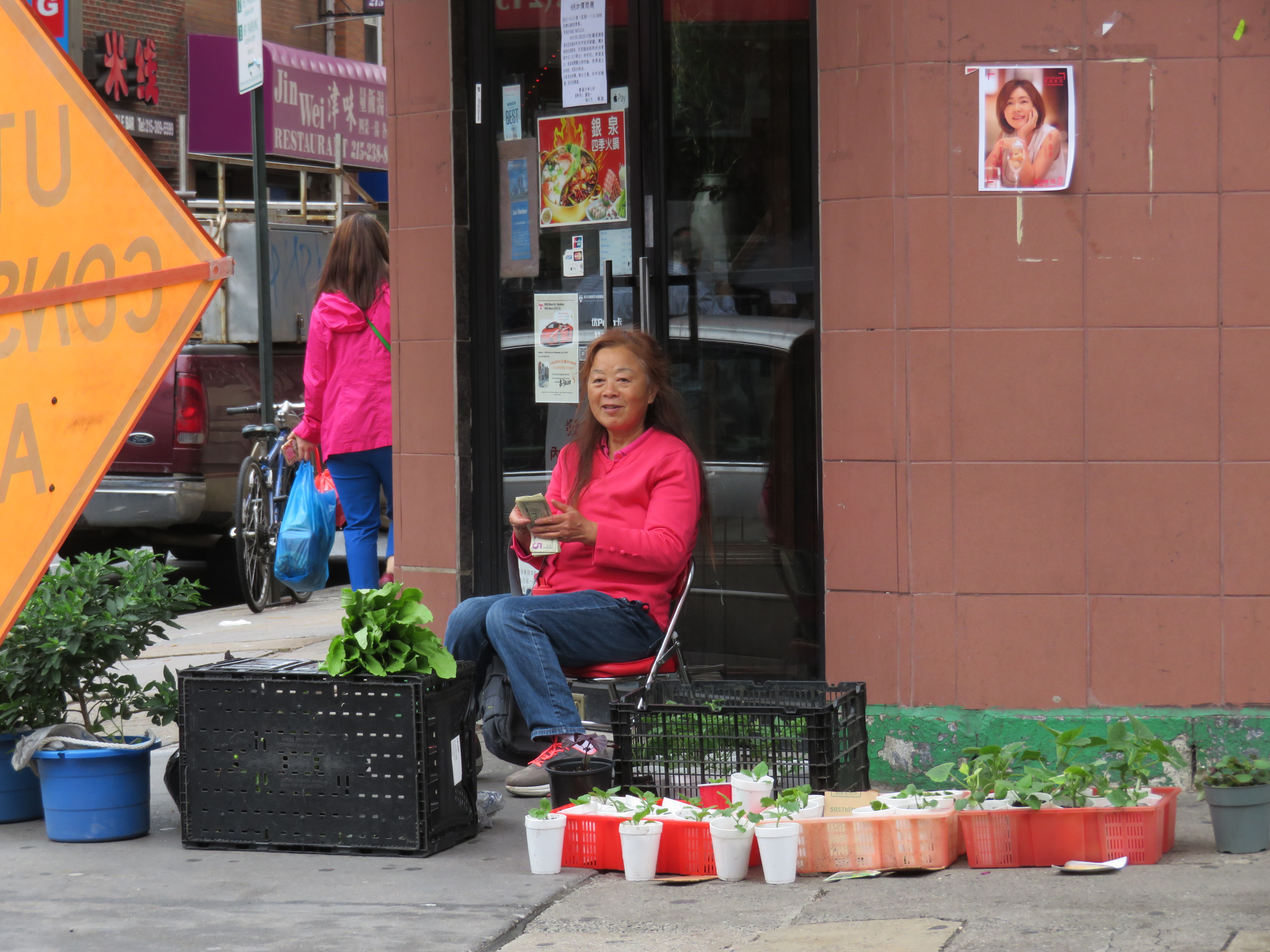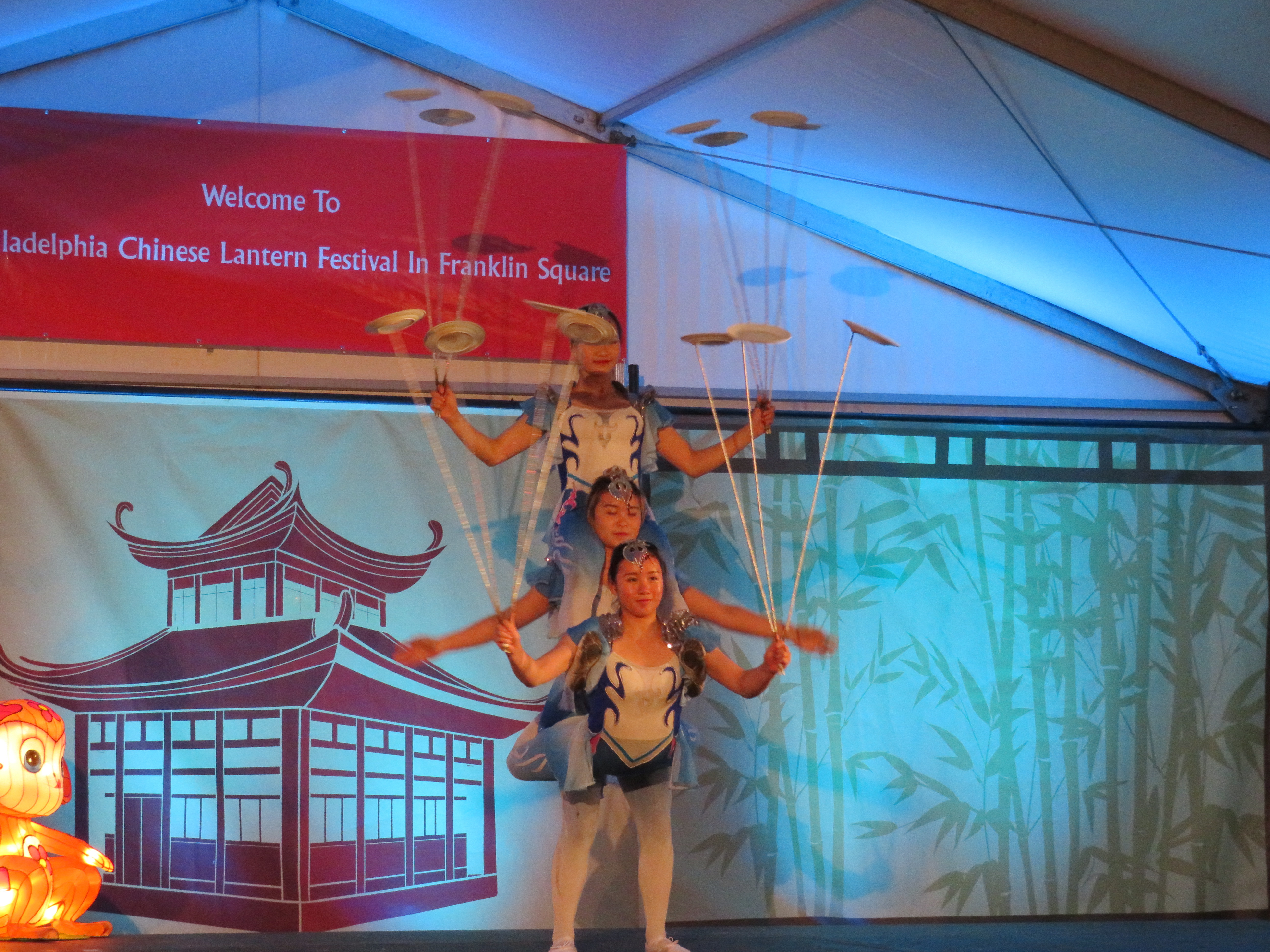Philadelphia, PA United States
Chinatown
Prior to 1870, Chinese immigrants to the United States settled in San Francisco, Los Angeles, and Portland as these were the main points of entry from similar cities in China. What prompted their move eastward was a mix of adversity aimed at their communities and their aspiration to find opportunities to make it rich or at least become more successful.
During the following decades, the little Chinese community in Philadelphia grew from the 800 block of Race Street to encompass Spring Garden to Filbert Streets (North and South) and 13th to 8th Streets (West and East). What was initially a small swath of stores tucked out of sight of most Philadelphians became an area that grew from a handful of laundry based businesses to a thriving part of the “Brotherly Love” that Philadelphia’s reputation is based on.
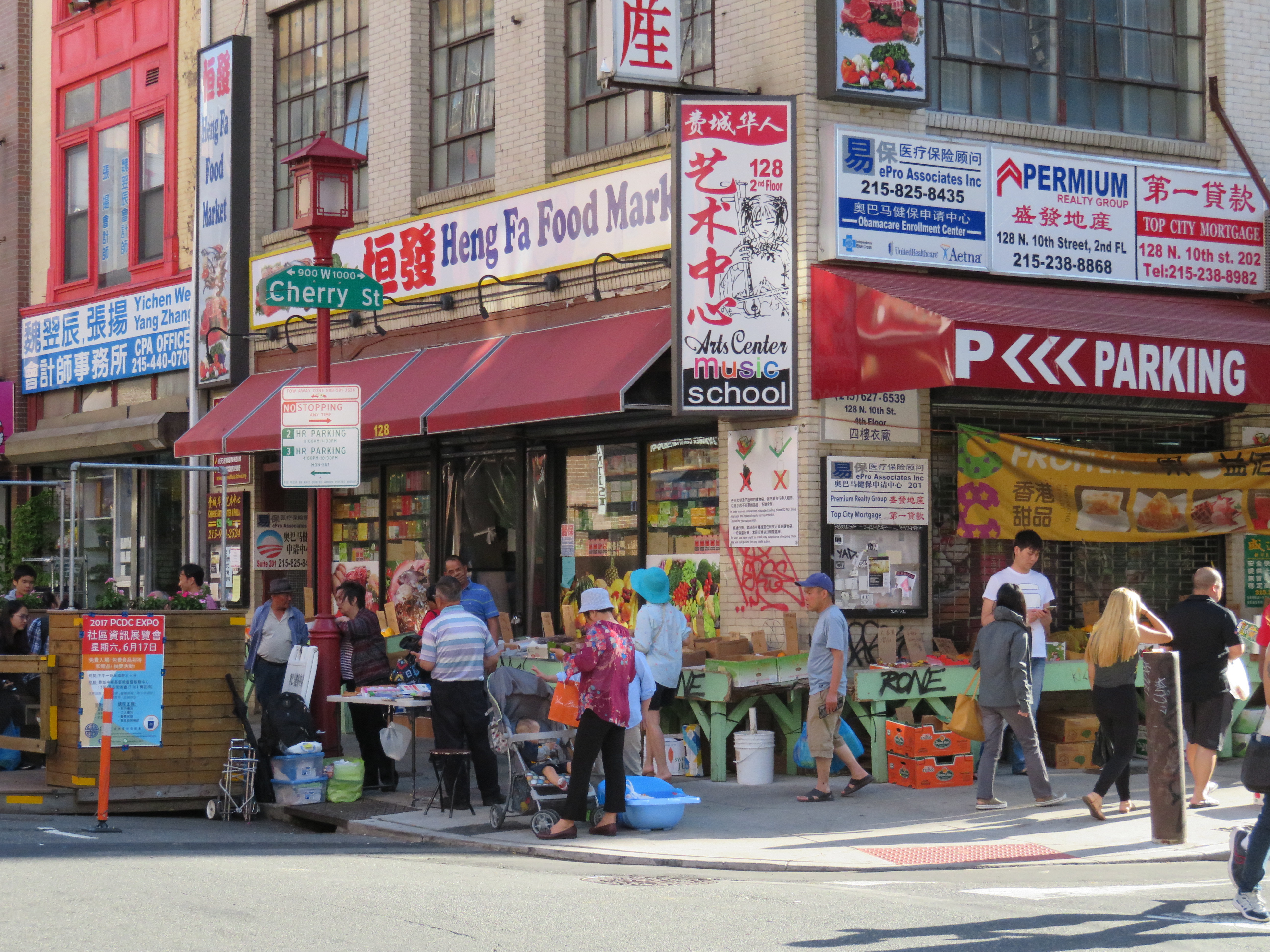

I also learned another thing during my adventure in Chinatown. Go to any neighborhood and respect its inhabitants, not as a part of the city, but as an entity that makes the sum of what Philadelphia is richer and more diverse. That is why, out of respect, there will be fewer pictures of individuals putting them on display. As for the community, I want to tell you that between the restaurants and karaoke bars is a vibrant neighborhood that most people don’t bother visiting.
Guide to Chinatown
The Foo Shou Grocery was once at 806 – 808 Race Street and was the center of the Chinese community. The oldest homes and buildings in Chinatown look like pagodas and have intricate banisters and designs. All of these features were part of a marketing plan composed in the 1950s to bring more tourism dollars into the area, which banked on its “orientaliness.”
Both Kung Fu Tea and Tae Do have great bubble teas, in my opinion. The area between 8th and 11th on Vine Street is what remains of Skid Row, which is where the majority of homeless people have congregated since the early 20th century.
The Chinatown Gallery is the latest hotspot with a mix of restaurants featuring Cambodian (Khmer Grill), Korean/Mexican foods (Coreanos), and Halal Guys which serves Mediterranean and Middle Eastern foods. Franklin Square is one of the five squares that William Penn planned for public use throughout Philadelphia. The others are Logan, Rittenhouse,Washington and where City Hall currently sits. Older Asians hang out in the tea house to meet up, gossip, and catch up on local goings on. Outsiders should not enter!

As the evening waned, small shops selling traditional Asian clothing and medicines slowly called it a night. Street vendors selling their own discounted clothing, plants, or items only found abroad packed their things into their cars and drove out of Chinatown to their homes elsewhere. Cigarette butts fell to the ground after long conversations, and tourists took away bags full of Asian pastries in large quantities at high prices.
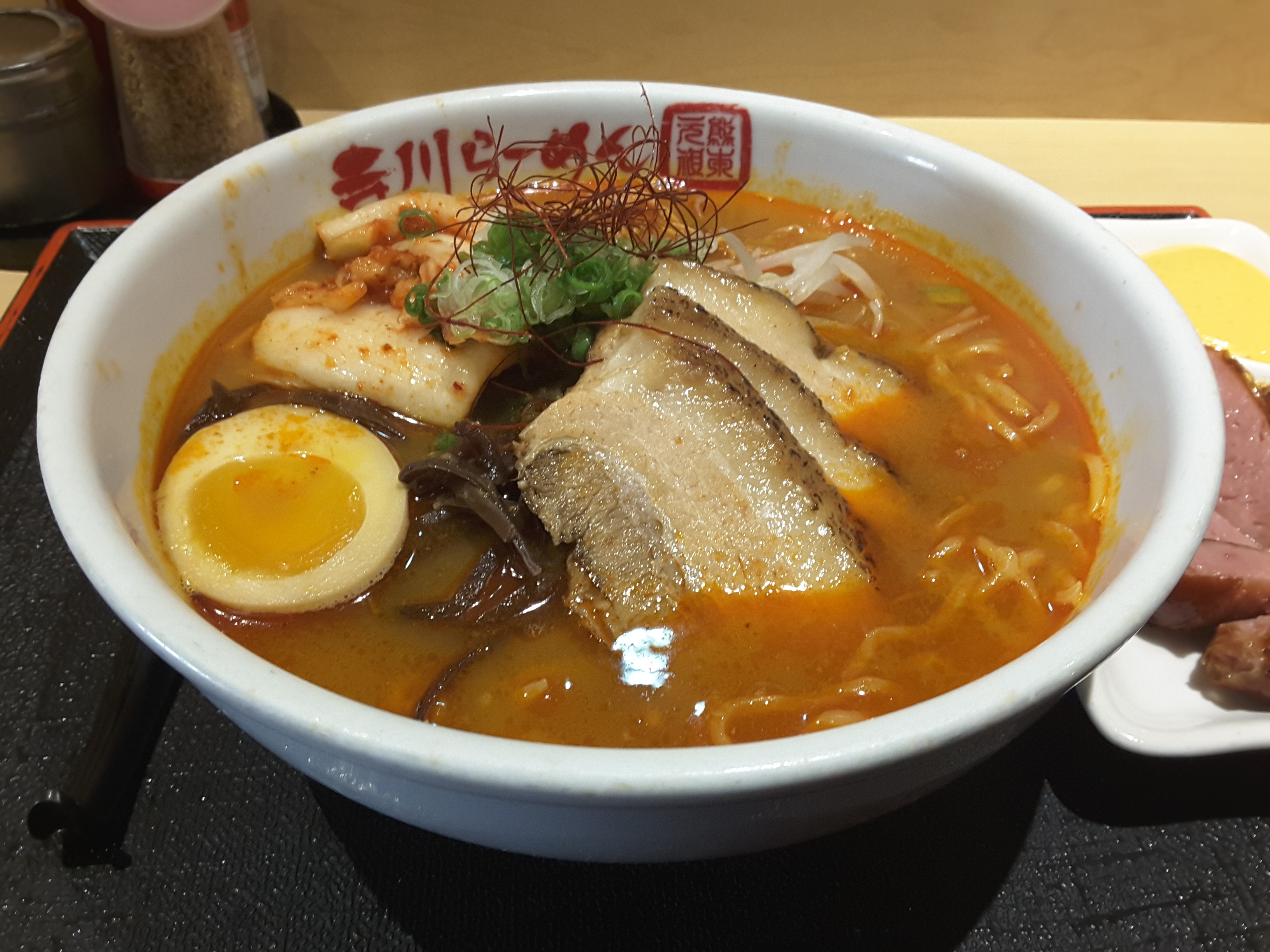 My final nights exploring Chinatown were spent among my new found friends and we shared drinks including sake bombs. As my last evening concluded, I stood in a light drizzle watching contortionists, plate spinners, and Tibetan dances in Franklin Square as part of the yearly Lantern Festival. As I learned more about the festival’s history, I realized that to stop learning about Chinatown would be a disservice to me. Being there not only gave me a different perspective on Philadelphia’s history but also it’s future. At the end of the night, I was left wondering if the younger generation was not invested in Chinatown’s future, then who will safeguard this small community from future attempts to erase Chinatown from Philadelphia’s landscape?
My final nights exploring Chinatown were spent among my new found friends and we shared drinks including sake bombs. As my last evening concluded, I stood in a light drizzle watching contortionists, plate spinners, and Tibetan dances in Franklin Square as part of the yearly Lantern Festival. As I learned more about the festival’s history, I realized that to stop learning about Chinatown would be a disservice to me. Being there not only gave me a different perspective on Philadelphia’s history but also it’s future. At the end of the night, I was left wondering if the younger generation was not invested in Chinatown’s future, then who will safeguard this small community from future attempts to erase Chinatown from Philadelphia’s landscape?



